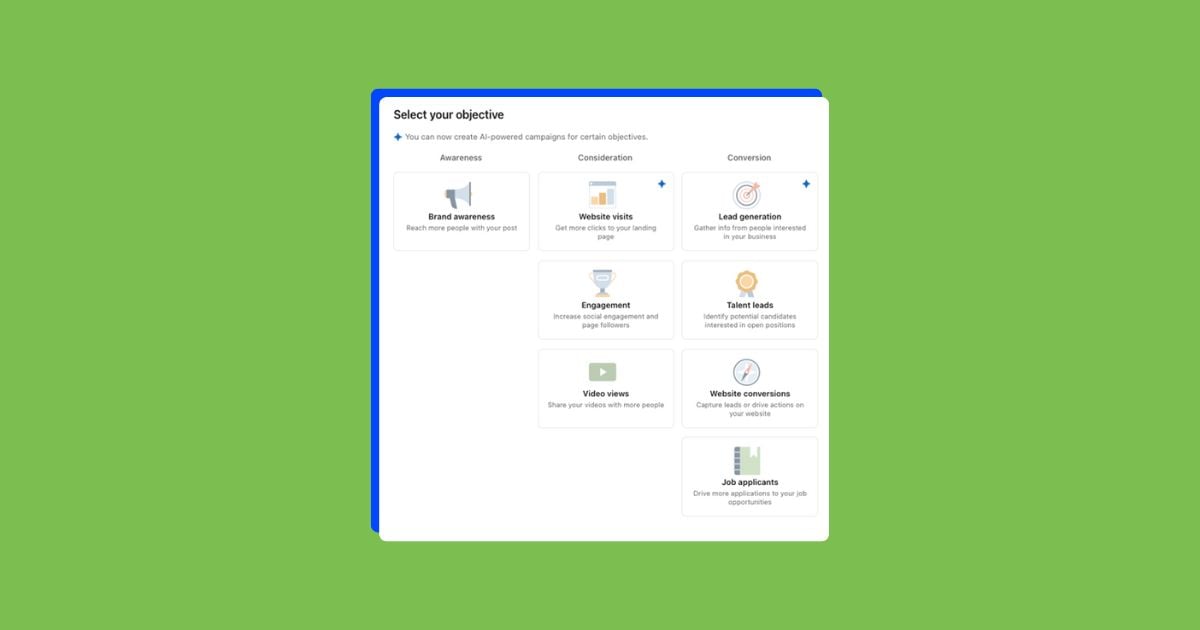If you use any kind of automation in your Google Ads or Facebook Ads account, you may have asked yourself recently: What does it mean when Google or Facebook says it’s “Learning,” and how can you avoid it?
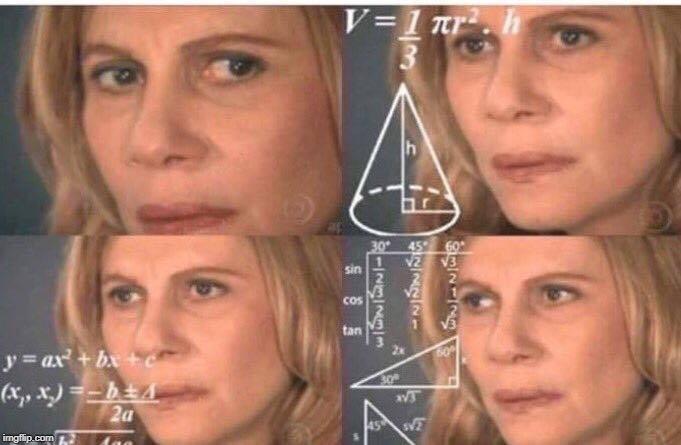
Trust me, I get it – and I was searching the same thing just a few months ago. After extensive research and sifting through support docs, we’ve built up a strong understanding of what the learning period is, why it exists, when it occurs, and how you can navigate the negative implications that come with it.
So, with this blog post, I hope I can answer your questions and save you some time on your quest to navigate the learning period.
First things first…what is the learning period?
Google’s definition: “After you make a change to your bid strategy, it takes time for Google Ads to gather the performance data it needs to optimize your bids.”
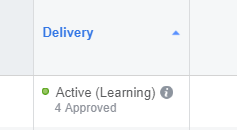
Facebook’s definition: “After you create a new ad set or make a significant edit to an existing one, our system starts learning who to show ads to. This learning isn’t a change to the way our system works, but we’re showing the status to let you know when performance is still stabilizing.”
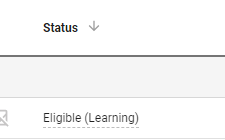
In short: The learning period is the time it takes for the platform’s algorithm to learn from recent, significant changes.
When and where does the learning period occur?
Google Ads: While on Facebook you will incur a learning period across any bid strategy, on Google, you will only provoke a learning period for an automated, smart bidding strategy. These bid strategies include: Target CPA, Target ROAS, Maximize Conversions, and Enhanced CPC (eCPC). The learning period will be noticeable in the status column at your campaign level.
NOTE: As of April 2021, Target CPA and Target ROAS are being retired. Learn more here.
Facebook: Since budget and settings are created at the ad set level (aside from the new feature campaign budget optimization), you will see the learning status in the delivery column of your ad set.
How long does the learning period last?
Google: On Google Ads, the learning period typically lasts 7 days since the last significant edit to that campaign.
Facebook: The learning period will last until your ad set reaches 50 optimization events within a 7-day period since the last significant edit.
The difference? Facebook’s algorithm requires a threshold of data to re-learn, while Google requires a set timeframe for the learning process.
What types of changes can trigger the learning period?
On Google Ads:
- Implementing a new smart bidding strategy
- Change in the settings for the bid strategy
- Change to conversion actions: updating an existing action or creating a new one
- Large changes in budget or bid
- Significant changes to the campaign’s composition
Typically, changes to keywords, ad groups, or ads will not trigger a learning period. However, if you introduce bulk changes to several of these components, you may incur the learning period to your campaign.
On Facebook:
- Any change to your audience targeting
- Large changes in budget
- Significant changes to creative (changing existing or creating new ads)
- Any change to your settings (e.g. optimization event, conversion window)
- Pausing and then re-enabling your ad set/campaign after 7 days has past
What happens during the learning period?
For both Facebook and Google Ads, you should expect delivery and efficiency to go down throughout the learning period. Yes, this means that you are likely to see the campaign’s daily spend decrease while the CPA (cost per acquisition) increases and conversion rate decreases.
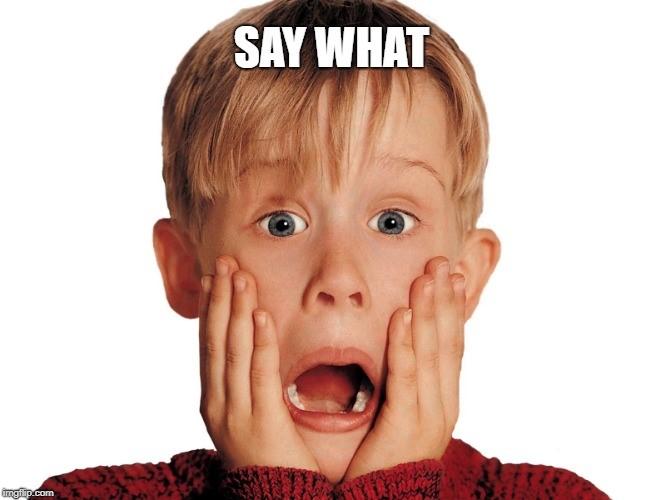
Yup, I get it, it’s not the ideal scenario. However, you can’t just sit on your hands and avoid optimizing your campaigns in fear of the learning period. Instead, you need to learn how to control the implications and allow your campaign the time to re-learn and improve with the changes you’ve made.
So, why does the learning period happen?
As we know, the ad auction systems on Facebook and Google Ads are dependent upon the platforms’ algorithms, which are built from machine learning technology. Just as Google needs your Quality Score and bid to determine when you show up in the ad auction, Google also needs to understand what delivers the results (conversions) you’re asking it to optimize for. In summary, the algorithm needs the time to work with the signal and understand what is proven to work and drive results.
Google’s DeepMind video offers the perfect analogy for the learning period. In the video you’ll watch machine learning technology play its first game of Atari, with zero training or understanding of how to play. After several failures and just about 240 minutes of training, the technology finds the fastest and most effective way to beat the game.
This is exactly what the algorithm is doing while your campaign is in a learning period. It’s digesting the new information and learning how it can drive the results you’ve optimized it towards. During this time, the algorithm learns from each delivery. And as the impressions build up, the algorithm gathers the significant data it needs to make decisions and understand how it can more effectively deliver to the goals you’ve selected.
Recommendations to Minimize the Learning Period’s Impact
In Google Ads
- Bid Strategy: Consider the best bid strategy for you. As mentioned above, there are only four bid strategies that are associated with this learning period. If you are looking to test out smart bidding, I would recommend setting up an experiment first. This way, you can assess the performance in a controlled environment with less negative impact.
- Budgeting: Follow the 20% rule: Avoid budget changes larger than 20% of your current budget.
- Settings: Give Google the right signals. For example: If your goal is to drive conversions, but you don’t have any conversions set up, you can’t expect a smart bidding strategy to drive any conversions. This is because the algorithm doesn’t know what it’s supposed to find.
- Conversions: Be careful about your changes to conversion actions! If you know you need to make several changes to your conversion actions, you should plan ahead and schedule these changes in bulk. This way, you will only incur one learning period rather than several within a similar time frame.
In Facebook Ads
- Selecting your optimization event: As I’ve mentioned above, Facebook requires 50 “optimization events” to move out of the learning stage. If you are struggling to reach 50 optimization events, I would highly recommend testing a higher funnel optimization event. For example: You have your ad set optimizing towards a form fill, but you can’t reach 50 form events within the 7-day period. Instead, you could test landing page views as the optimization event. This will tell the algorithm to find people in your audience that are likely to click and successfully reach your landing page. While this is not the final result you are looking for, it’s a leading signal and will give the algorithm the sufficient data it needs to find your audience and reach optimal delivery.
- Review your optimization and ad delivery settings: Strategically think through your selection for optimization and the associated conversion window. For example: If your conversion window is set to 1 day, you are giving the algorithm 7 days to gather 50 optimization events that happen within 1 day of the ad click. If you find this slowing down your learning progress, you should try a 7-day click window.

- Budgeting: Similar to Google Ads, you should keep in mind the 20% rule when navigating budget changes on Facebook. Avoid budget changes larger than 20% of your current budget. For example: if you budget is at $500, don’t change it to anything over $600 or less than $400. Over time, you can implement these 20% changes incrementally to maintain delivery and reach the budget you are aiming for.
- Creative: Avoid bulk changes to your assets. For example: If you pause out one ad, or create one new one, most likely, you will not incur a learning period.
- Making changes: Schedule and plan out your significant changes in intervals. For example, if you want to create a new exclusionary audience and apply it to all your ad sets, you should do so in intervals. This can be done by adjusting one ad set at a time, waiting until the learning status is removed, and then moving onto the next. This will help you maintain your overall, account-level delivery.
Final Takeaways
Fear the learning period no more! Just follow these guidelines:
- Think before you implement!
- Give the algorithms the right signals
- Give the algorithms enough data
- Be patient! Let the algorithms take the time they needs to learn, because it will pay off in the long run.


